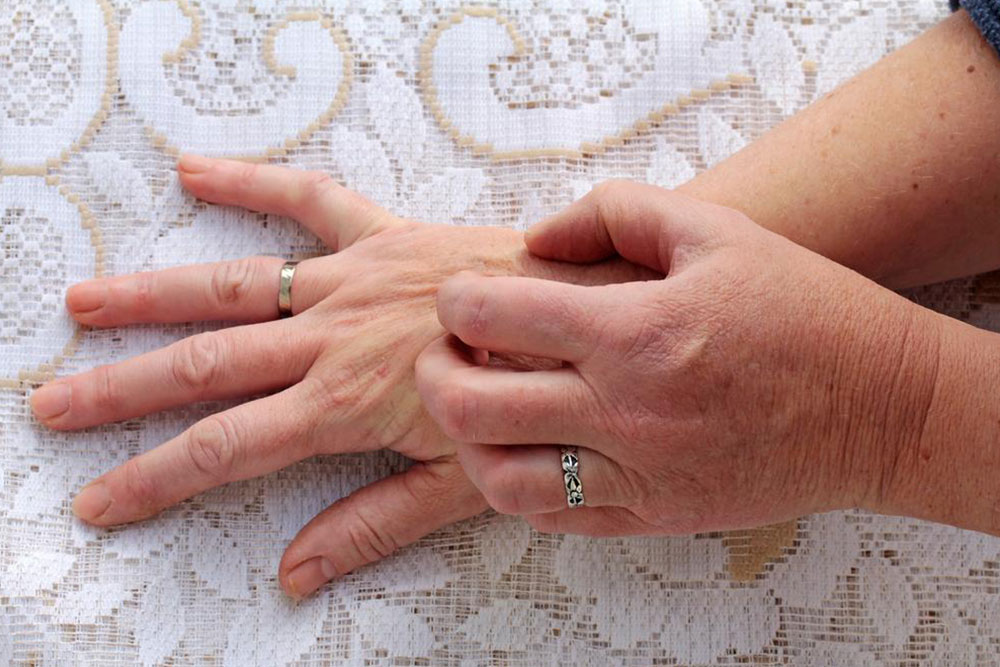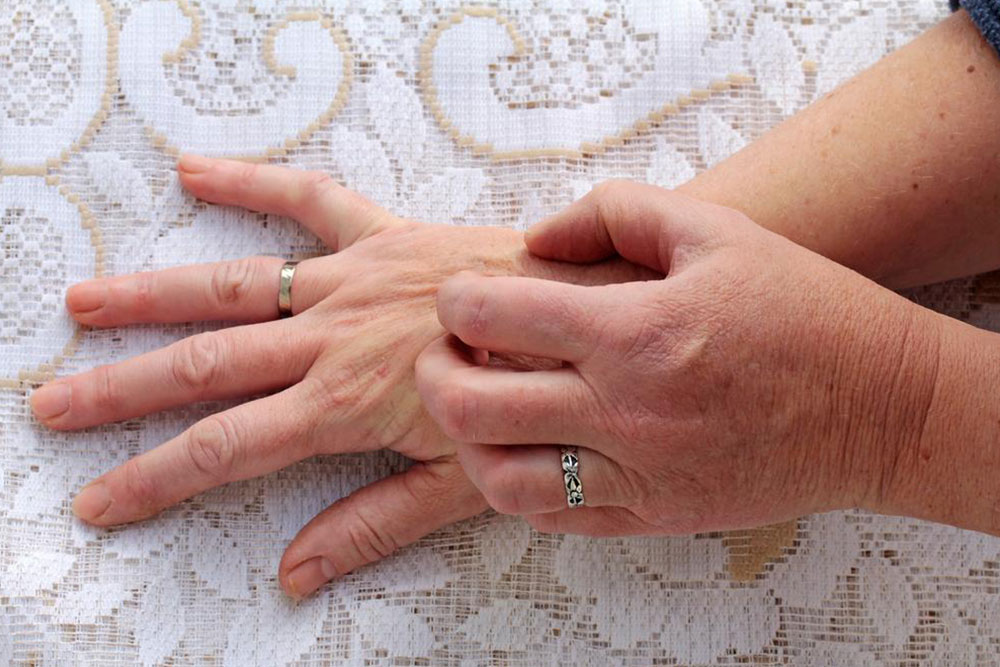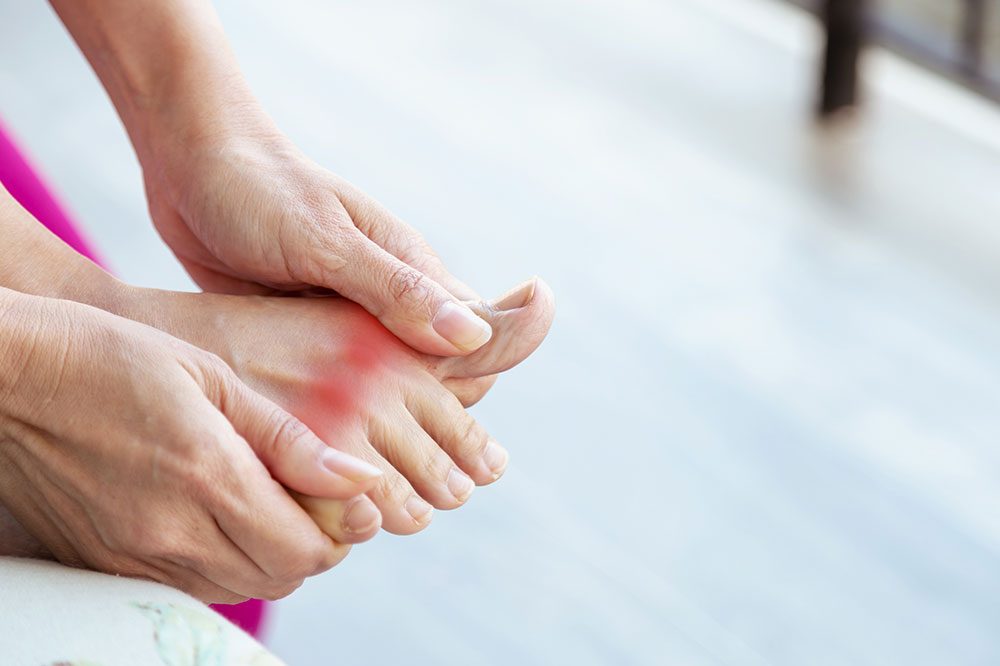Effective Remedies for Yeast Infections
Discover effective remedies for yeast infections, including symptoms, causes, prevention tips, and available over-the-counter treatments. Learn how to manage and prevent this common condition safely, with professional guidance when needed.

Effective Remedies for Yeast Infections
Many women experience yeast infections at some point, which cause symptoms like itching, irritation, and abnormal discharge in the vaginal area.
Signs and Causes
The vagina hosts numerous bacteria and yeast, but imbalance can lead to infection. Symptoms include inner vaginal and vulvar itching, burning sensations during urination or intimacy, redness, swelling, and thick, white or yellow discharge.
Factors such as stress, steroid use, high sugar diets, processed foods, oral contraceptives, hormonal changes, and hormonal therapies can increase susceptibility to infections. Symptoms often worsen premenstrually.
Prevention involves maintaining proper hygiene and avoiding irritants like scented soaps, sprays, and harsh laundry detergents. Wearing breathable cotton underwear, avoiding tight clothing, and wiping front to back after bowel movements help prevent infections.
Yeast infections can resolve naturally or with over-the-counter treatments within a week.
If pregnant, consult a healthcare professional. Symptoms may mimic other conditions like bacterial vaginosis or STIs.
If symptoms persist, seek medical advice.
Topical Treatments
Monistat 3 Ovule Therapy
Canesten 1 Day Cream
Clotrimaderm Vaginal Cream 1%
Clotrimazole
Products like Monistat contain miconazole; others like Canesten and Clotrimazole have clotrimazole. These antifungal creams effectively eliminate yeast infections. Mild cases may need 1-3 days of treatment, while recurrent issues may require longer. Symptoms improve quickly, but full clearance takes about three days.
Important Notice:
This article provides general information about symptoms, treatments, and health considerations. It should not replace professional medical advice. Always consult healthcare professionals for diagnosis and personalized treatment plans.










